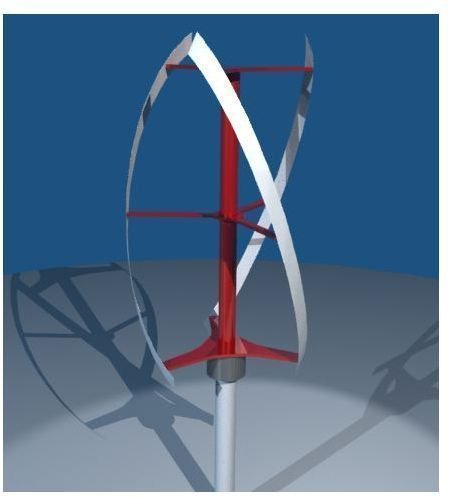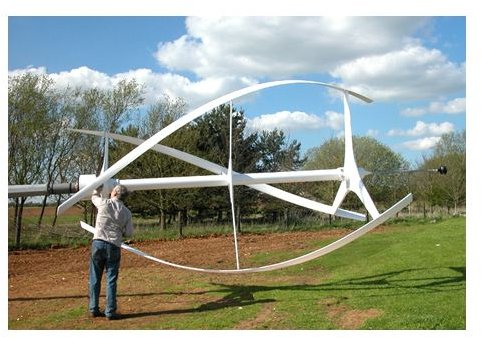Basics of Quiet Revolution Wind Turbine
Introduction
With the whole world facing major energy crises, many steps are being taken, especially in the urban areas to produce means of generating sustainable renewable energy. Wind energy has received a great impetus in the last few years due to its easy availability, even in the crammed areas of urban environment. However, in crowded areas wind velocity is lower and there is a continuous fluctuation in the wind speed. In order to avoid such problems, Quite Revolution wind turbines are used in densely populated cities.
Quiet Revolution Wind Turbine
Quiet revolution wind turbine is a vertical axis helical type turbine, which due to its specific design and structure eliminates generation of sound and vibration. With a robust construction, quiet revolution wind turbine ensures efficient working even in the roughest weather. As the name suggests, quite revolution turbines are especially made for the crowded localities of the cities to generate energy without noise.
Construction
A normal quiet revolution turbine is generally 5 meter high and has a diameter of 3 meters. The arrangement is simple and compact, and as it consists of only one moving part, maintenance required is extremely low. The blades are “S” in shape with 60 degree twist angles and are tapered to finely cut the wind and thus reduce any noise generation. The best advantage of the system is that it can be mounted easily on any existing structure due to its easy to integrate vertical axis. The helical shape of the blades helps in harnessing power from the turbulent winds and also to reduce vibration. All the moving parts are also made up of strong carbon fiber to prevent any kind of breakage. The whole mechanism is connected with a direct drive in-line generator which incorporates features such as auto shutdown and peak power tracking systems.
Advantages
Due to the slower tip speed and triple helical design the wind mill can be fitted in crowded places, especially closer to buildings. The turbine can generate a power up to 6 kilowatts, but has a high installation cost. The specific design allows the torque to be spread evenly around the whole revolution, thus preventing fluctuation in the output energy.
However, it is recommended that the turbine should be placed only in areas having a wind speed of 5m/s. The average output the windmill can provide is between 4000-10000 kilowatt/hr. It is said that if the turbines are extensively put to use throughout the world, they are expected to reduce CO2 emission by 0.568 kg of CO2 per KWH.

References & Image Credits
https://en.wikipedia.org/wiki/File:Quietrevolution-model.png
https://www.metaefficient.com/renewable-power/quiet-revolution-wind-turbines.html
